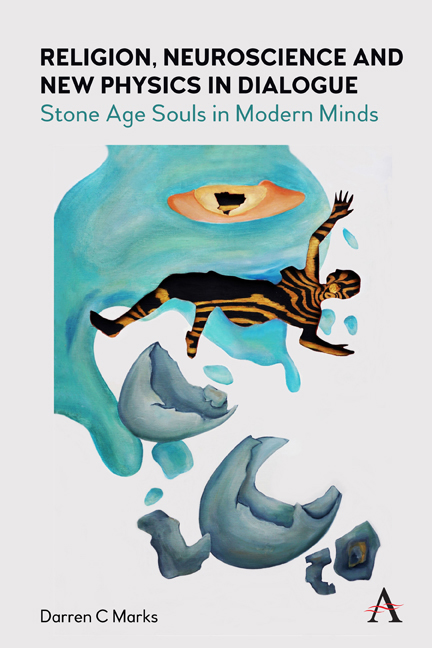Book contents
- Frontmatter
- Dedication
- Contents
- Preface
- 1 Stone Age Souls
- 2 Modern Minds—Education to Reality?
- 3 Multiverses or the Home of God?
- 4 Three Great Errors: Deconstructing Nature, Naturalism and Scientism: Fictions or Delusions?
- 5 Returning the Soul: Fictions or Illusions?
- 6 Can We Be Good? What Models Do We Have?
- 7 Concluding Postscript or We’re Okay?
- Frontmatter
- Dedication
- Contents
- Preface
- 1 Stone Age Souls
- 2 Modern Minds—Education to Reality?
- 3 Multiverses or the Home of God?
- 4 Three Great Errors: Deconstructing Nature, Naturalism and Scientism: Fictions or Delusions?
- 5 Returning the Soul: Fictions or Illusions?
- 6 Can We Be Good? What Models Do We Have?
- 7 Concluding Postscript or We’re Okay?
Summary
As a graduate student at the University of Oxford, I often explored medieval churches. Entering these buildings, and the twelfth-and thirteenth-century founded Christ Church Cathedral, I was always struck by how different the minds of that ancient population were to mine. Not so much that I lived in a society that used smartphones and computers, but rather that the very fabric of their universe and self-understanding was vastly different than mine. How they understood themselves with reference to the Divine, the cosmos and each other in strict hierarchy literally manifested on the walls and ceilings of the buildings. One aspect always struck me, making a deep impression on my psyche (as being a little chilling) was the presence of angels and demons or the supernatural in general. The world conceived in the Western medieval mind was that of us (humans), God and then another group of supranatural nonhuman beings. I was, of course, well familiar with these, not merely from popular culture, but more from my studies and readings of ancient Christian and Jewish theologians, whether Augustine, Aquinas or Maimonides right through to Martin Luther (and later). Each in turn had sections of theological reflection that treated the very real to them world of the divine other, not just in terms of God but in terms of another kind of being in contradistinction to human being. As a colleague once related to me of one of his mentors, John McIntyre, the premodern world had “us, Him (God) and them (supernatural beings)” as points of reference for human self-understanding. Humans were not only unique in this anthropology but unique in terms of two divine references. Much of what would describe human uniqueness—even familiar to contemporary minds—such a freedom, finitude and relation to God would be in contradistinction to the angelic and fallen angelic beings that were not free, not finite and in a different kind of relationship to the Creator and creation. In the description of human identity, there was a triangulation of identity. As one sees the process of modernity, this triangulation becomes a binary. By the end of the nineteenth century, the triangulation is binary—there is only humans and the Divine. The Divine is “humanity-plus” as projection or humanity is “God inside.” And now, I maintain, there is only humans.
- Type
- Chapter
- Information
- Religion, Neuroscience and New Physics in DialogueStone Age Souls in Modern Minds, pp. 1 - 20Publisher: Anthem PressPrint publication year: 2021



